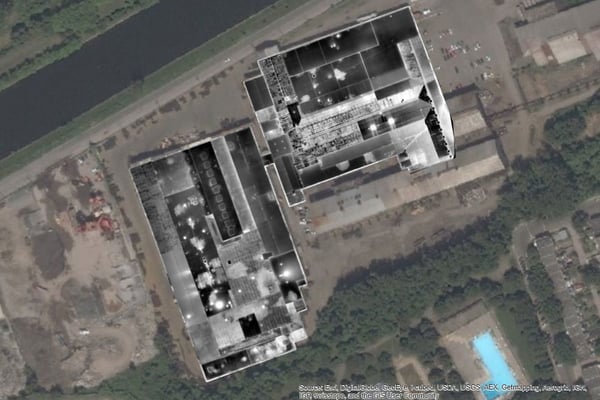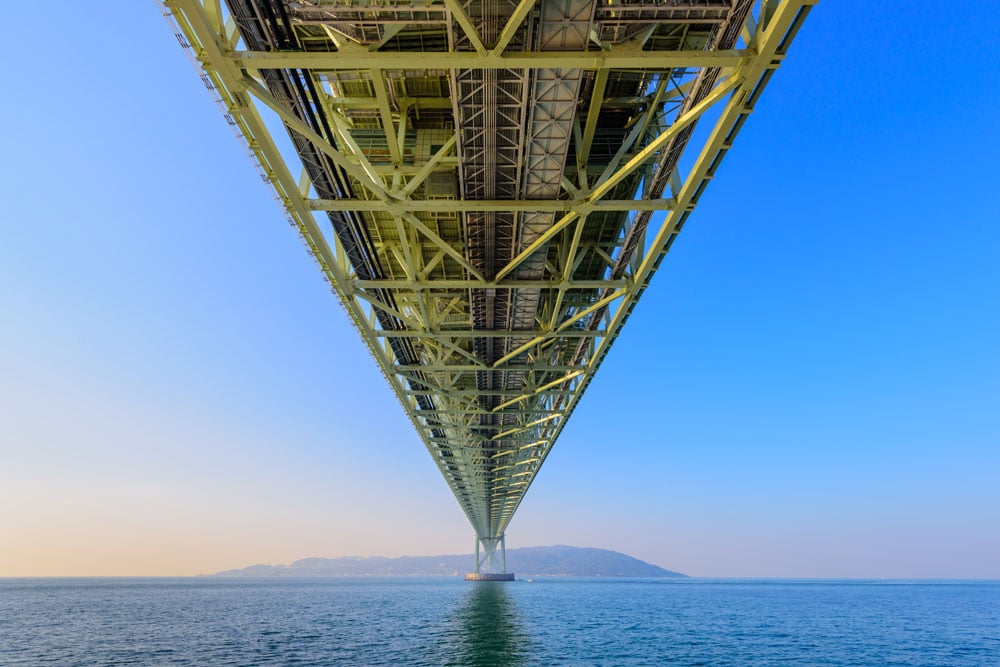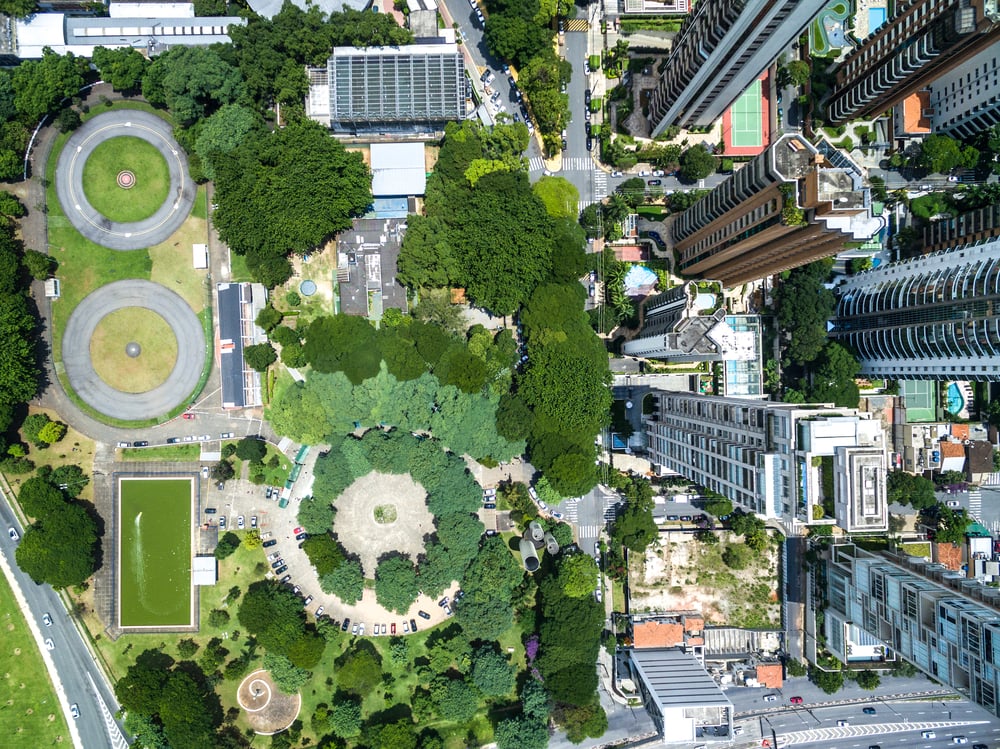Using drones to inspect roofs is an effective way to increase speed, safety, and accuracy while reducing the cost of evaluating or taking measurements of the rooftops. This enables the gathering of valuable data that can be used for various purposes depending on the industry.

With rooflines becoming more complex and difficult to navigate physically using the traditional means, the drones can help a lot in overcoming the challenges. Today, a good percentage of building professionals are using UAVs to inspect buildings to assess the status of the roofs for maintenance, renovations, taking measurements, or other purposes.
However, the UAVs are suitable for different fields and not only restricted to construction, building or roof inspection companies. For example, insurance companies can also use drones to perform drone roof inspections, while marketers can use aerial images to showcase the buildings they are selling.
The reasons why the drones are a favorite technology for roof inspections are many. These range for reduced costs, faster inspection speeds, safety, and better data compared to using traditional manual methods.
A typical drone inspection procedure
In a typical roof inspection, the building professionals or contractors can use specialized or off-the-shelf drones together with the appropriate software application. Generally, a basic drone-based inspection follows the steps below.
- The estimator, operator or pilot creates the flight plan on the app. This can be done on-site or in the office and involves specifying the address of the building, and then defining the perimeter of the roof.
- Once the plan is ready and the pilot confirms that everything is in order, he or she uses the controller or mobile phone app to launch and control the drone.
- The drone automatically follows the flight path while gathering images and collecting any other information depending on the sensors and intention of the inspection.
- Within 10 or so minutes, the drone will automatically land according to the program and will also transfer the data to the mobile device or any other configured location.
Adding the AI and other software tools enable the automatic detection of defects that a human eye is likely to miss. There is also a wide range of imaging and analysis tools that provide the ability to create 3D models and generate various valuable reports for maintenance, bidding, insurance assessments, marketing and more from drone inspection software.
What makes drone ideal for roof inspections
Unmanned aerial vehicles or systems works remotely and do not require the physical presence of a human worker at the rooftop during the inspection activities. Most often, the inspector will control the device from a safe place on the ground while the UAV flies over the building, taking the photo and thermal images as well as videos if necessary.
The use of drones leads to significant savings for the inspection company as well as the building owner.
Below are some of the reasons drones are an appealing technology for people looking for safe, quick and cost-effective inspection solutions.
Reducing inspection time
A drone-based inspection does not require transporting, assembling or setting up heavy access equipment. This, therefore, saves on the time it requires to perform the actual inspection after the planning. Besides, the planning of a drone inspection is much simpler and quicker than a traditional method.
Once the inspection begins, it only takes 10 to 30 minutes to complete and relay the results to a central place. A tradition method could take the entire day or even more depending on the complexity of the roof.
Because the drones make roof inspections easier and faster, companies can perform frequent and multiple inspections.
Cost-saving
The drones can save inspection costs in many ways. It cuts down on equipment requirement, labor and time. By eliminating the need to use ladders and other heavy climbing and access equipment, it reduces the need to purchase or hire them as well as the risks. Consequently, this eliminates the need to insure the workers and the equipment.
A manual method would take hours or days to plan, prepare and collect the data from a roof. On the other hand, a drone can do the same and even better in less than one hour at lower costs, and reduced safety and health risks.
Reduce safety risks
It is usually difficult, time-consuming and risky to carry out roof inspections using conventional manual methods. The challenges increase with the complexity of the roof design and height of the building or structure. Risks include falls from the access equipment such as ladders, collapsing roofs, electrocution, getting stuck in confined spaces, etc.
The drone-based inspection, on the other hand, eliminates the need for the physical a human worker at the inspection location. Ina typical roof assessment, the operator or drone pilot performs the inspection from a safe distance.
Usually, all a drone requires are the right sensors such as the thermal, photo and video cameras to perform a basic inspection. Additional options such as GPS, gas detectors and others may be included to increase the functionalities.
Better and actionable data
Other than reducing the inspection time, risks and costs, drones have other additional benefits such as the ability to collect more comprehensive, accurate and useful information. This makes them ideal tools roofing contractors, solar installers, construction firms, insurance companies, marketers, etc.
Also, there is a wide range of tools companies can use for analysis and provide the stakeholders with actionable data. Most of the software tools can create reports from the drone data in a compatible format so that building management and insurance companies can integrate with other standard applications. This makes it easier to understand the inspection data and also easily share it among the relevant people.
With drones, it is possible to inspect and deliver results much faster, hence supporting a quick or prompt decision-making process.
Accurate and repeatable inspections
Finding indications or signs of leaks, insulation breakdown, and other defects on a roof is usually a challenge especially with a naked eye if it is not visible. However, adding relevant sensors such as photo and infrared cameras on the drones can help them to see the indicators of a leak, insulation breakdown, and other roof defects.
Drones can take measurements, capture images or video from the same spot and orientation. This is usually a valuable feature when there is a need to clarify or confirm some fine details. Such as task takes a few minutes.
This is almost impossible when using the manual methods which often involves trial and error and never guaranteed to accurately repeat an action that was performed earlier. It is even more challenging when a different worker has to do a repeat job.
As such, the drones offer superior data and operators can repeat the action with confidence when there is a need to compare before and after repair images or clarify some details.
Drones provide a means to fill in the data gap
Most building owners, insurance underwriters, maintenance companies, and marketers do not have the data about the status of the roofs due to the various limitations and high costs of traditional inspection methods.
However, drones can bridge this gap since it offers a very quick inspection at lower costs. This makes it easier for anyone to assess at any time without spending too much time and money.
Usually, the traditional method will require special skills to perform the inspection and gather the required details. However, a person with average skills can perform the inspection from a safe distance and does not have to climb the building. This not only reduces the time and cost of the inspection but also the safety risks. As such the drone allows the organizations to do more assessments.
Selecting the drones for a roof inspection
Roof inspections require drones with the ability to maintain reliable and stable flights. The major factors to consider, whether selecting a drone or evaluating a quote from a provider include;
Stability
Drone with good flight stability: Ideally, the drone must withstand the prevailing weather conditions including moderate winds.
First-person view (FPV) capability
This lets the pilot or controller see the images the drone camera captures in real-time. A drone with PFV allows people to see the real-time images on their screens or through FPV goggles.
Built-in GPS features
It is much easier to control a drone with the geographical positioning system (GPS). The autonomous flight mode lets the pilots concentrate on the roof inspection, camera positioning, and other important activities and less on try to control the UAV device.
Types and quality of sensors
High-quality cameras are vital in producing clear and better images. As such, it is important to select a device with the right thermal, image and video cameras as well as other sensors depending on the desired details.
Reasonable flight time and range
Longer lasting batteries provide more flight time. On average most commercial drones can last between 20 and 40 minutes. However, the longer the better since it means that the device can finish the inspection without having to land it to change the battery or recharge. Also, the charging time is another factor to consider especially when there is no spare battery for swapping.
Flight range
In addition to the time, the flight range of a drone is another factor to consider especially when there is a need to inspect buildings which are far away. Along with flight range eliminates the need to physically go near each building and is ideal when there are several structures to check, such as a block of flats or a housing estate.
Conclusion
Drone-based roof inspections are more safe, faster and cheaper. Also, they enable the inspectors to collect a wide range of data which is also more accurate. Usually, the traditional manual methods have several limitations and companies may avoid them due to the high costs, more risks, and time-consuming inspections.
On the other hand, the drones provide cost-effective assessments that are also faster, hence enabling the organizations to carry out more inspections.
Tags
Building Inspections


